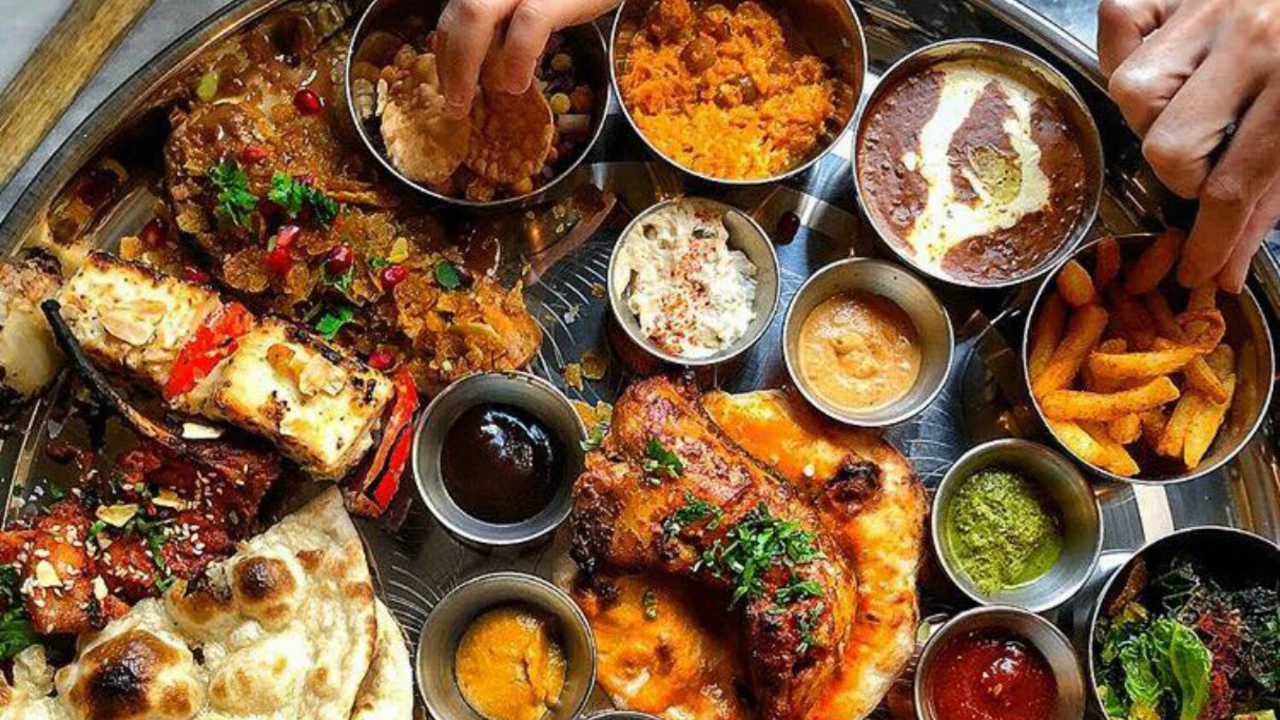 18 Jul,2023
18 Jul,2023
Exploring the Rich History of Indian Cuisine
Indian food is known globally for its unique taste, vibrant colors, and tantalizing aroma. The history of Indian cuisine is as rich and diverse as the country itself. Thousands of years of invasions, trade relations, and colonialism have played a significant role in shaping the taste and texture of Indian food. The use of an array of spices, fruits, vegetables, and grains that were brought by traders, travelers, and invaders from all around the world played a pivotal role in enriching Indian cuisine. The amalgamation of various culinary methods from different cultures has given Indian food its distinctive character.
The Magic of Spices
The key to the unique flavor of Indian food lies in its spices. Indian cuisine uses a variety of spices such as turmeric, cumin, coriander, cardamom, and many more. Each spice has its own unique flavor and when they are combined in a dish, they create a symphony of flavors that is simply irresistible. The art of using spices in Indian cuisine is not just about adding heat but about balancing the flavors. The use of spices also has numerous health benefits, making Indian food not only tasty but also healthy.
Regional Variations in Indian Cuisine
India is a vast country with diverse cultures and traditions, and this diversity is evident in its cuisine. From the rich creamy curries of the north to the spicy and tangy flavors of the south, Indian cuisine offers a variety of flavors to cater to every palate. Each region has its own distinctive style of cooking and unique ingredients, contributing to the overall deliciousness of Indian food. Whether you love the spicy biryanis of Hyderabad, the sweet desserts of Bengal, or the flavorful street food of Mumbai, Indian cuisine has something for everyone.
Vegetarian Delights
Indian cuisine is a paradise for vegetarians. With its roots in Hinduism and Buddhism, vegetarianism is prevalent in Indian society. The use of a wide array of vegetables, lentils, and spices makes vegetarian dishes in Indian cuisine just as flavorful and satisfying as non-vegetarian dishes. From flavorful lentil curries to stuffed bread and savory snacks, Indian vegetarian food offers a plethora of options for vegetarians and vegans alike.
The Art of Indian Bread Making
Indian bread, known as 'roti' or 'naan', is an integral part of Indian meals. Made from different types of flour, Indian breads are not just a side dish, but a tool for scooping up the delicious curries and lentils. The process of making Indian bread is an art in itself. The dough is kneaded, rolled and then cooked on a tawa (flat griddle) or in a tandoor (clay oven). The result is a soft, fluffy bread that perfectly complements the spicy Indian curries.
Sweet Endings with Indian Desserts
No Indian meal is complete without a sweet ending. Indian desserts are rich, flavorful, and diverse, offering a perfect end to a spicy meal. Made from milk, sugar, and a variety of grains and fruits, Indian desserts are a delight for the sweet tooth. From the creamy 'kheer' to the delicious 'gulab jamun' and 'jalebi', Indian desserts add the sweet touch to the spicy Indian cuisine.
Indian Food - A Global Phenomenon
Indian food has gained immense popularity worldwide. From the curry houses of the UK to the Indian restaurants in the US, Indian food is loved globally for its unique flavors and textures. The use of spices, the variety of vegetarian options, the rich history and the regional variations, all contribute to making Indian food a global phenomenon. Whether you are an adventurous foodie or someone looking for comfort food, Indian cuisine has something to offer you.
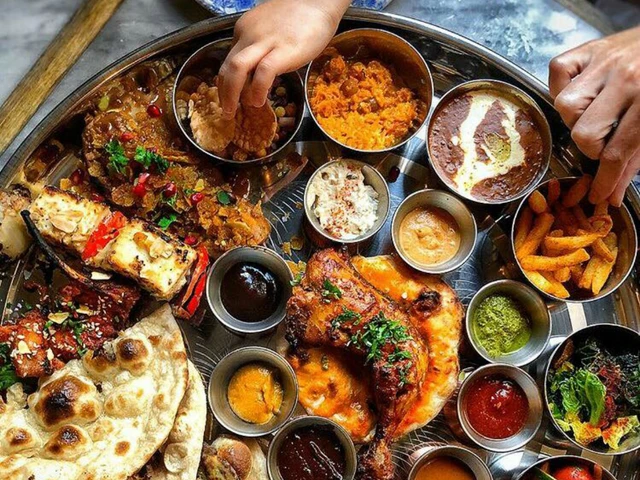
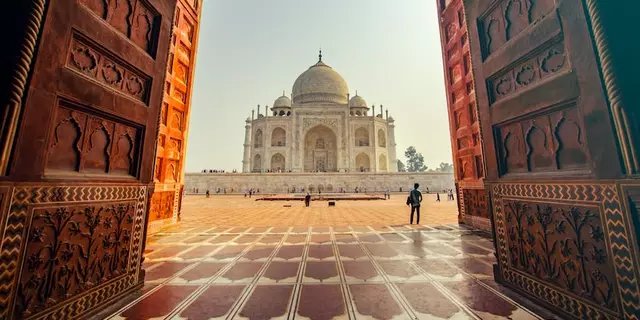
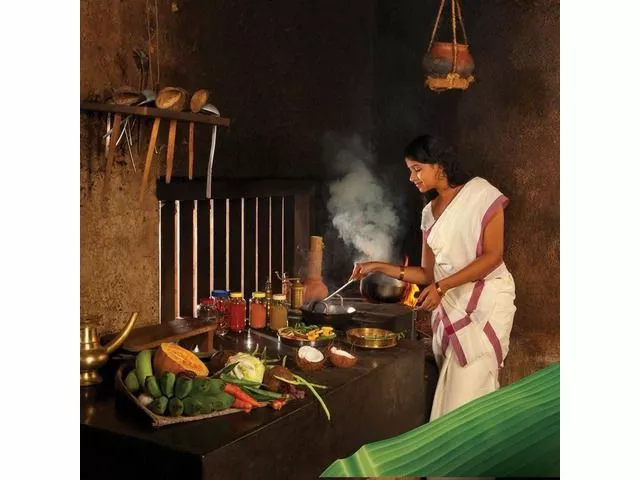
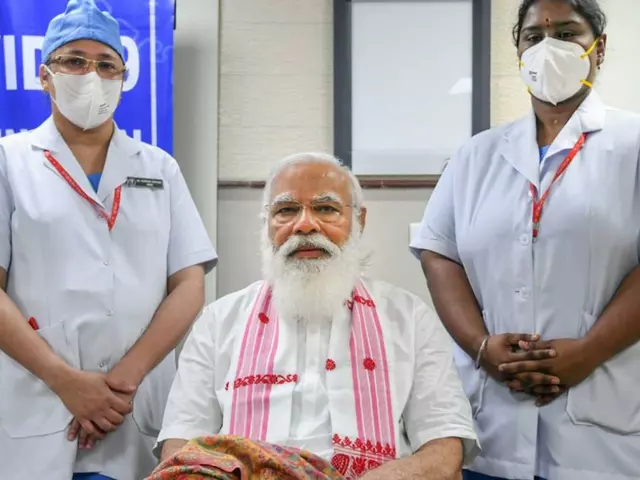
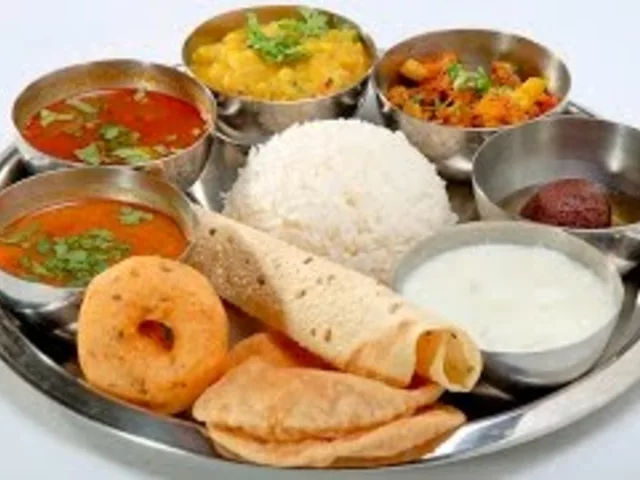
Write a comment